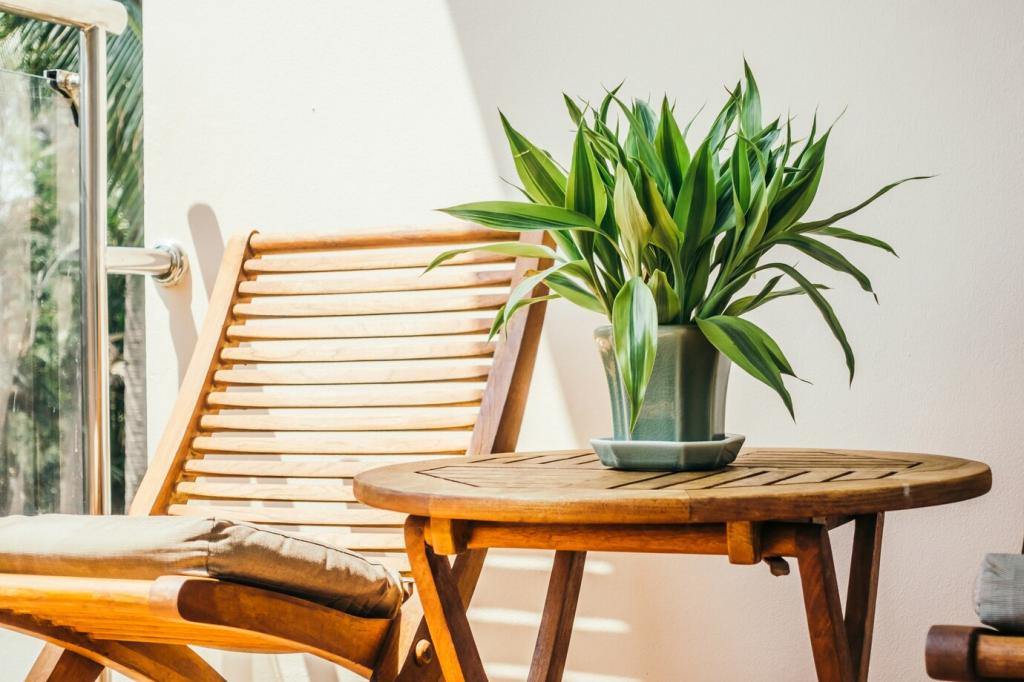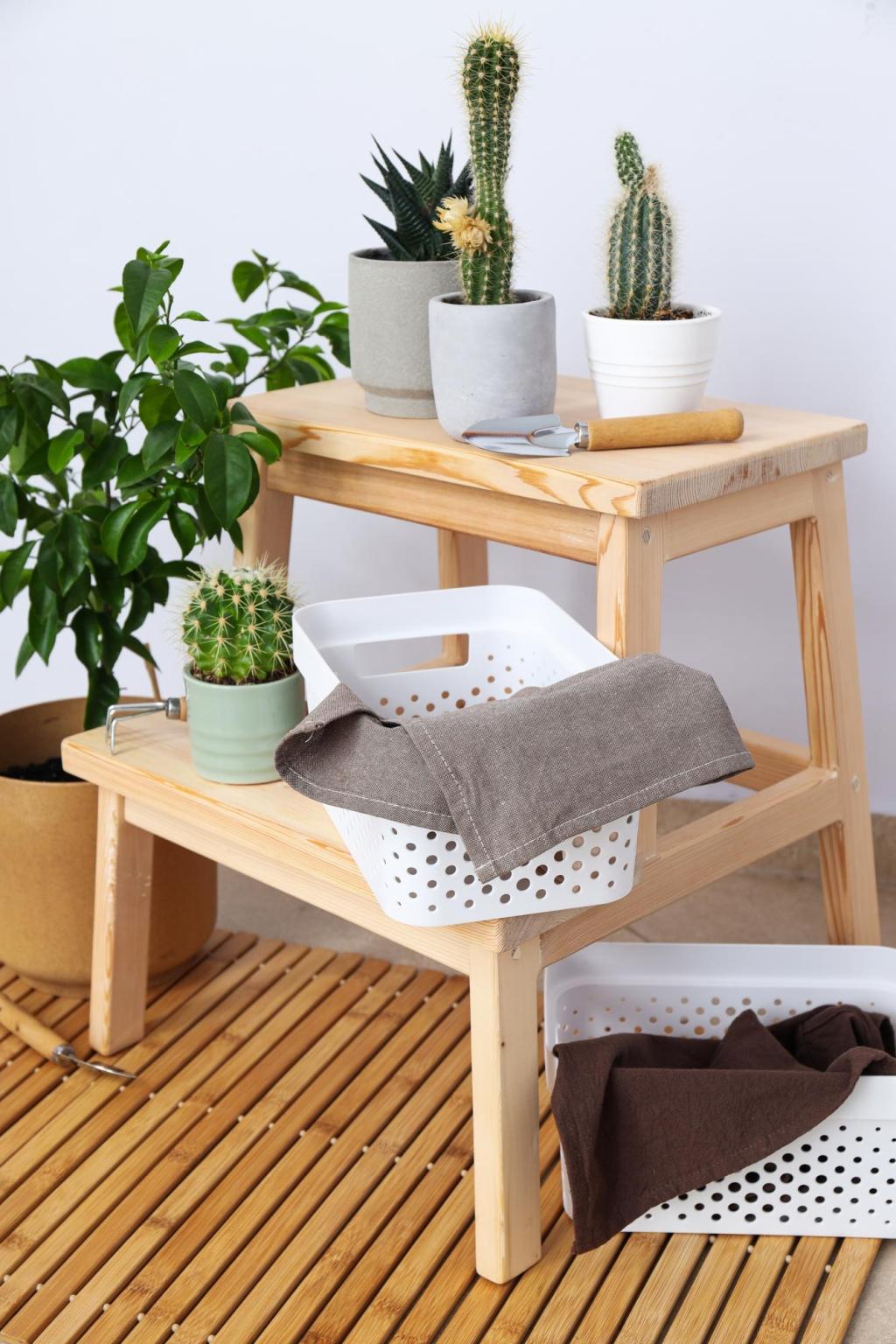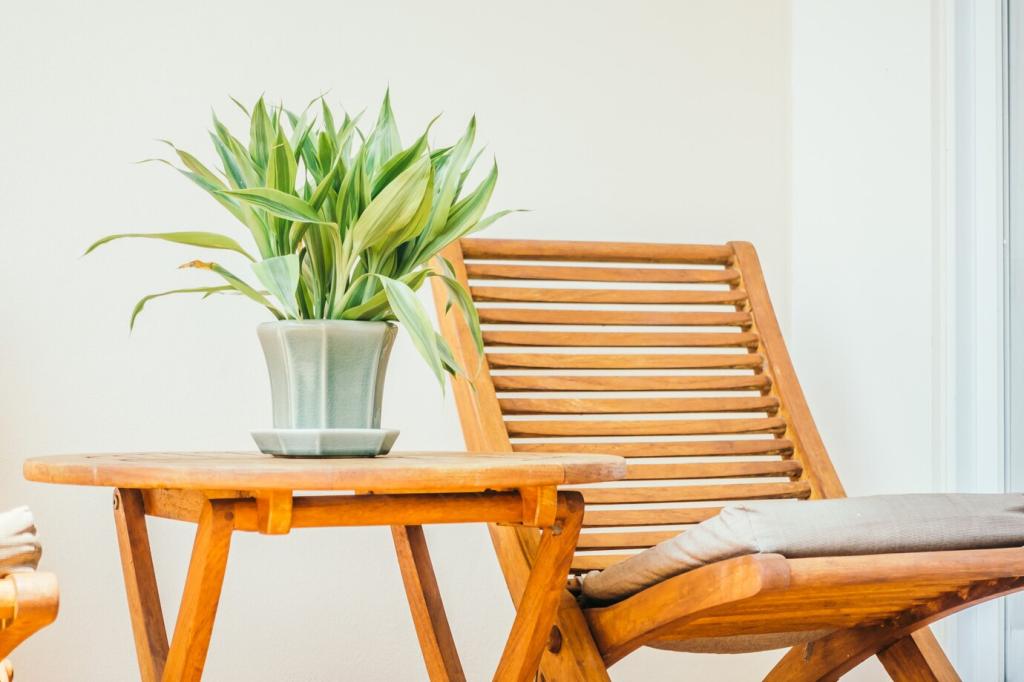Responsible Finishes, Adhesives, and Care
Choose finishes labeled low-VOC or plant-based to protect indoor air and reduce environmental impact. These products help keep nurseries, bedrooms, and studios healthier while letting the natural beauty of your sustainably sourced wood shine through.
Responsible Finishes, Adhesives, and Care
Look for certifications and disclosures around formaldehyde and solvent content. Water-based, low-toxicity adhesives reduce emissions during production and use, supporting craftspeople’s health and ensuring your home remains a place of comfort, not chemical haze.






